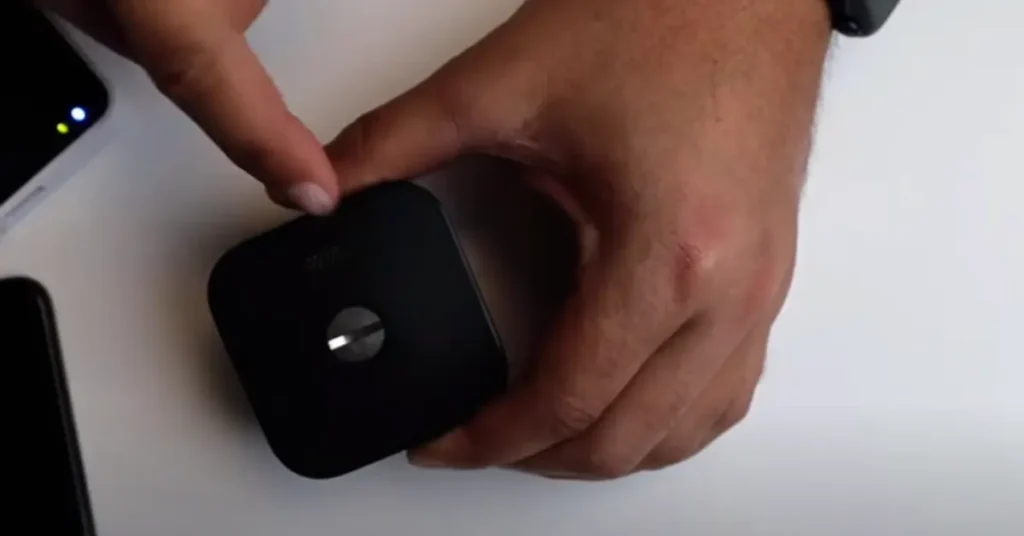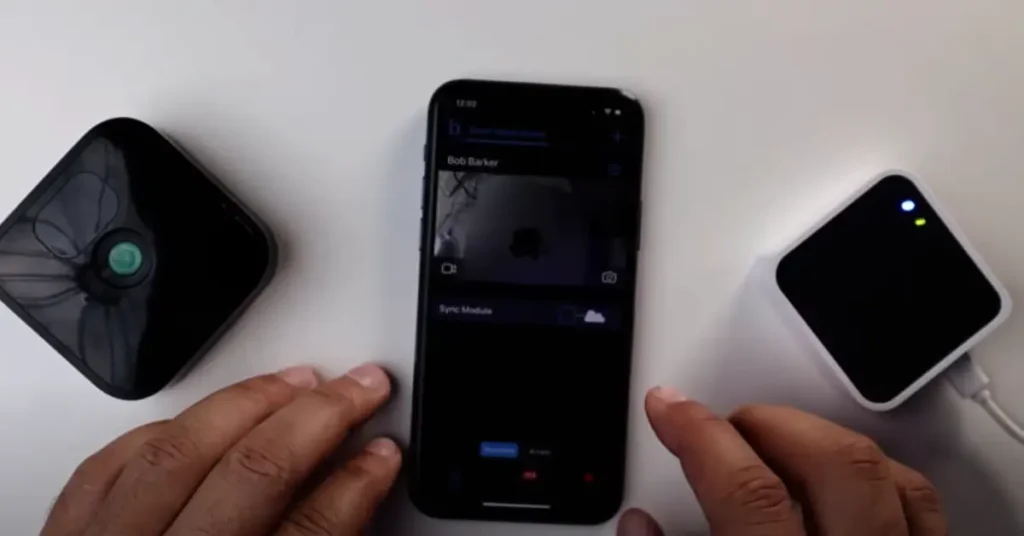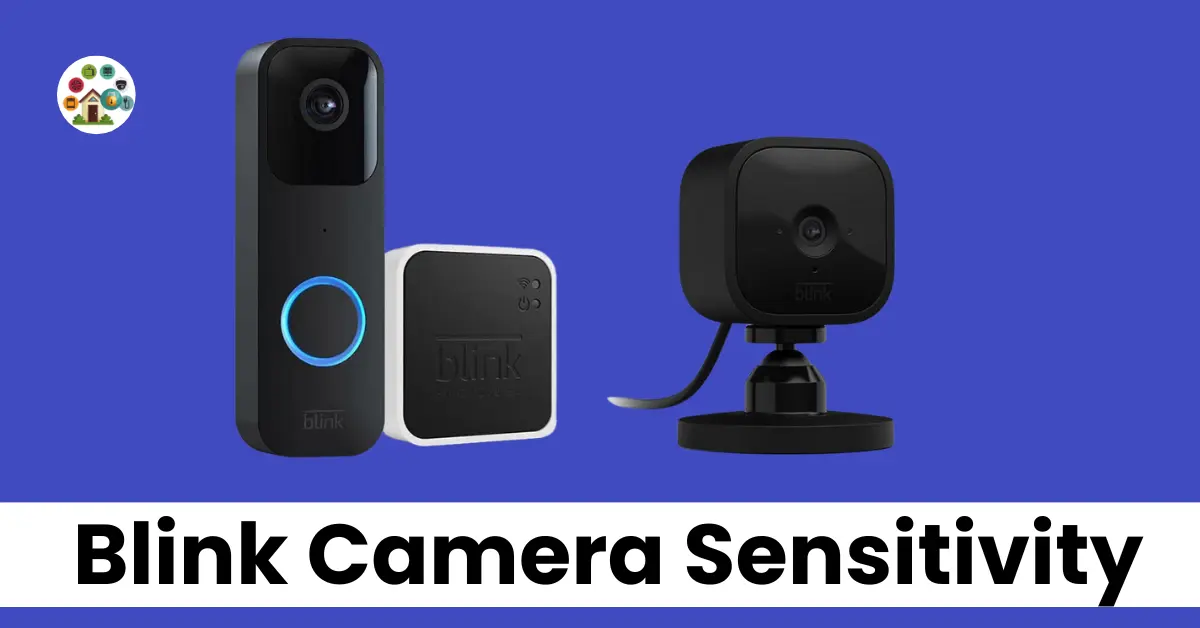Blink Camera Sensitivity is a crucial concept in surveillance technology. It directly impacts image quality and the overall performance of your security system. Understanding its importance is essential to meet your security needs.
The sensitivity of these cameras can be adjusted using various settings and strategies. To ensure optimal performance, it’s essential to explore and discuss the available tools and advice.
The security system’s reliability relies on the sensitivity of Blink cameras. Explaining and exploring this aspect is necessary to address potential problems and provide valuable knowledge to users.
Contents
- 1 Adjusting Blink Camera Sensitivity
- 2 Understanding Blink Sensitivity Levels
- 3 Factors Affecting Sensitivity
- 4 How Do I Adjust the Sensitivity on My Blink Camera?
- 5 Are Blink cameras temperature sensitive?
- 6 Why is the sensitivity of my Blink camera not working?
- 7 Where is the sensor on a Blink camera?
- 8 How to Change Sensitivity on Blink Cameras
- 9 FAQs
Adjusting Blink Camera Sensitivity

When adjusting sensitivity for your Blink camera, consider the impact of motion and heat. Sensitivity settings can affect notification alerts, especially in scenarios involving blowing leaves or shadows.
In Camera Settings, you can fine-tune the system to capture moving objects within the field. The total size of an event and the amount of alerts can be managed by adjusting sensitivity levels.
Low sensitivity may be less responsive, while the highest setting can be more effective. It’s crucial to test the arming process to ensure it will trigger for a human-sized object.
In the upper right corner of the Live View, you can find individual sensitivity settings for additional feedback and mute options, allowing you to tailor the system to your specific needs.
Understanding Blink Sensitivity Levels
Understanding Blink Sensitivity Levels is essential for achieving satisfactory results with your Blink cameras. The sensitivity level and camera placement play a crucial role in minimizing false alerts and ensuring the system detects activities effectively.
When positioning your Blink mini cameras, consider the camera angle of view and the size of the area you want to monitor. Smaller animals may trigger the motion sensor, so adjustments are necessary.
Use a trial-and-error method to determine the optimal camera positioning. This may involve testing various camera locations and sensitivity levels to achieve the desired results.
The PIR sensor, a key component of the Blink system, detects motion and temperature changes. Adjusting the sensitivity level can help fine-tune the detection to your preferences.
Increasing or decreasing the sensitivity level at the installation point can make a significant difference in the system’s performance. Regular testing and adjustments are key for the best outcomes.
Low Sensitivity Vs High Sensitivity
When it comes to Blink Camera Sensitivity, you can choose between Low Sensitivity and High Sensitivity. The sensitivity scale allows you to fine-tune how the camera detects motion.
Low Sensitivity settings are ideal for minimizing false positives. With low sensitivity, the camera is less likely to detect minor movements like nearby tree branches swaying in the wind.
On the other hand, High Sensitivity is useful when you want to ensure that even subtle movement gets detected. It’s suitable for areas where you want to maximize the detection of any motion event triggers.
You can adjust the sensitivity level based on your needs and the surrounding environment. High Sensitivity is excellent for high-activity areas, while Low Sensitivity can help maintain privacy zones.
Activity Zones
Activity Zones allow you to customize Blink camera settings easily.
You can specify areas to monitor, like your front door, and create motion alerts for motion in these Zones.
To set it up, navigate to camera settings, tap on Zones, and select the desired area.
Unwanted swaying leaves won’t trigger alerts anymore; you can save changes with a simple tap.
These Zones simplify monitoring, preventing unnecessary alerts from tree leaves.
Privacy Zones
In the realm of “Privacy Zones,” your camera’s motion detection plays a crucial role. It lets you select specific areas that can trigger alerts and effectively avoid unnecessary disturbances, such as those from passing cars on a busy street.
To create your Privacy Zones, simply tap on the settings toggle, and with a few clicks, you can completely block off unwanted areas from surveillance. This way, you follow your preferences and adjust your camera’s sensitivity with ease.
Just add the zones you desire, and when you’re done, click “apply changes” to activate your privacy zone. This feature ensures that your camera respects your privacy while maintaining security.
Factors Affecting Sensitivity
When discussing factors affecting sensitivity in Blink Camera, several key elements come into play. Motion detection, an essential feature of the Blink Camera, relies on a combination of environmental factors.
These include lighting, temperature, and sensitivity settings. To ensure optimal performance, users need to regularly adjust these settings to accommodate changing conditions.
One common challenge is the occurrence of false positives. These can occur due to various factors, such as bright lights, shadows, or obstructions like trees and buildings.
To achieve reliable performance, users must consider the camera’s placement and how these elements may interfere with its view.
The accuracy of the Blink Camera’s sensitivity settings is vital. Poor settings may result in inaccurate detections. To maintain accuracy, users should be aware of potential sources of interference and how they may change over time.
How Do I Adjust the Sensitivity on My Blink Camera?

When using your Blink camera, you can easily adjust the sensitivity level for motion detection. To do this,
- Open the Blink app and navigate to the camera settings page.
- Here, you’ll find the sensitivity slide, which allows you to fine-tune the camera’s motion detection capabilities.
- Simply slide the sensitivity scale to your preferred level.
- Lower values make the camera less sensitive,
- While higher values increase its sensitivity
This camera-based adjustment ensures you receive alerts tailored to your needs.
After setting the desired sensitivity, don’t forget to click the save button to apply the changes. This process ensures your Blink camera will now record and send alerts according to your customized sensitivity settings.
- On the home screen of the Blink app
- You can quickly access these settings by tapping the settings icon, represented by the running man.
- From there, you can arm or disarm motion detection using the arm button for added convenience.
Adjusting sensitivity has never been easier.
Are Blink cameras temperature sensitive?
Blink cameras, designed for indoor use, are not highly temperature-sensitive. These cameras function well in protected outdoor areas such as under an awning or on a covered porch. The specified operating temperature range ensures reliable performance.
Why is the sensitivity of my Blink camera not working?
When your Blink camera’s sensitivity is not working, it can be frustrating. The sensitivity slider is a crucial tool to fine-tune the camera’s performance.
To address this issue, you can save your settings, then test the camera’s response to a moving object. If the sensitivity is not functioning correctly, you might not receive motion alerts as expected.
Where is the sensor on a Blink camera?
The sensor on a Blink camera is a crucial component, often referred to as the IR sensor. This sensor works in tandem with the Infrared Light Emitter to capture images and detect motion.
It is typically located in the front of the camera, specifically in the lower right area.
In the case of outdoor cameras, such as the Blink Outdoor camera, the sensor placement is designed to provide optimal coverage for motion detection and image capture.
This placement ensures that the camera can effectively monitor the surrounding area, making it ideal for security purposes.
For indoor cameras, like the 3rd Gen Blink camera, you’ll also find the IR sensor in the lower right area of the front side. This placement is strategic to ensure indoor spaces are adequately monitored.
It is important to note that the IR Light Emitter complements the sensor’s functionality, especially in low-light conditions, enhancing the camera’s sensitivity to motion and objects in its field of view.
How to Change Sensitivity on Blink Cameras
When using the Blink Camera, adjusting sensitivity is a key aspect. In the Blink App, configure motion settings easily with the sensitivity slider. Modify your camera settings to enhance motion detection.
To get the best results, engage in a bit of trial-and-error. Change the sensitivity settings and fine-tune motion detection for optimal performance.
FAQs
How far away does the Blink camera detect motion?
Blink cameras detect motion effectively. The camera sends motion alerts to the host device. The range of detection for Blink cameras is quite impressive. Users can rely on Blink camera motion alerts to stay informed.
How do I get the most out of my blink camera?
To maximize your Blink camera’s performance, consider these essential tips. The Blink camera and Sync Module work in harmony for seamless operation. Adjust the clip length and Retrigger time for efficient motion detection.
Customize Activity Zones to focus on key areas. Create schedules for arming and disarming the camera. These steps ensure you get the most from your Blink camera system.
Why isn’t my Blink camera picking up motion?
If your Blink Cam isn’t picking up motion, it might be due to Motion Detection Sensitivity. Adjust it for better results. Nighttime recording and Night Vision play a crucial role in detecting motion during low light conditions.
Ensure your IR intensity is adequate to detect motion effectively. Blink Cam’s motion detection relies on Motion Detection Sensitivity.
To improve nighttime recording, optimize Night Vision and IR intensity. These adjustments will help detect motion more reliably.

